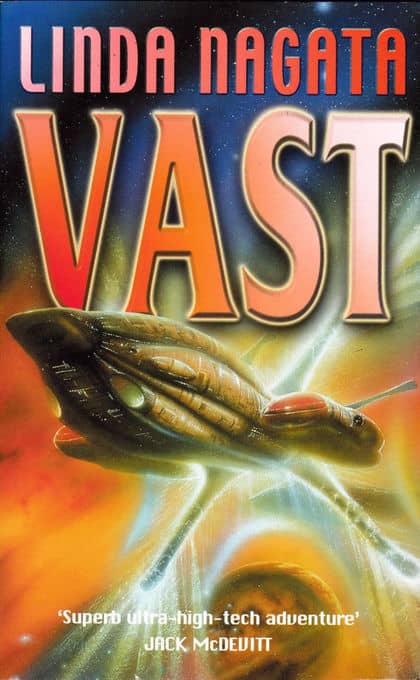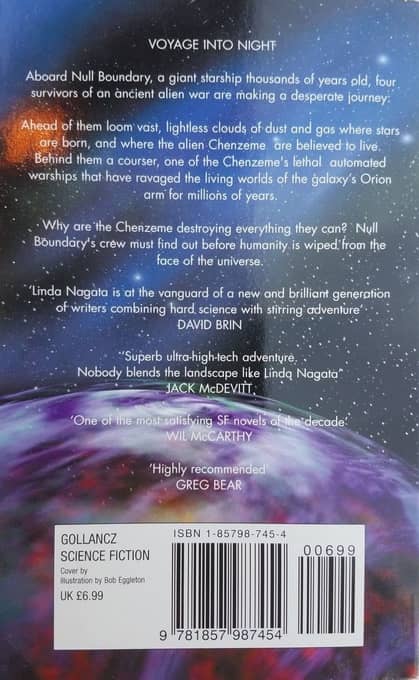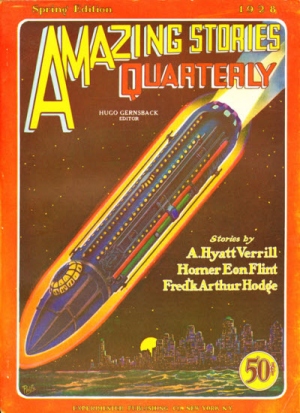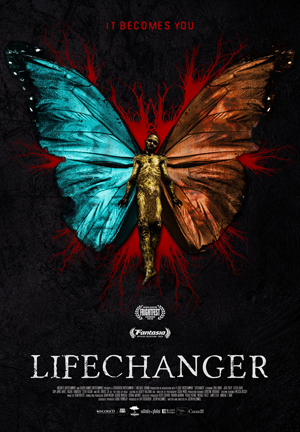 For my last movie of 2018 in the Fantasia screening room I selected a Canadian horror movie called Lifechanger. Written and directed by Justin McConnell, it follows an entity named Drew (narrated by Bill Oberst Jr), who, born human, at age 12 developed the ability and need to change bodies with other people (which Drew does repeatedly through the movie, tying the film together with voice-over ruminations; thus the “narrated by” in the previous parenthesis). The process kills the other person, and leaves Drew trapped in a swiftly decaying body. For decades, he’s had to keep changing bodies every few days, the inevitable rot slowed only slightly by doses of cocaine. Lately, though, he’s convinced himself he’s fallen in love with a woman named Julia. Drew wants to be close to her, but how can he do that given what he is?
For my last movie of 2018 in the Fantasia screening room I selected a Canadian horror movie called Lifechanger. Written and directed by Justin McConnell, it follows an entity named Drew (narrated by Bill Oberst Jr), who, born human, at age 12 developed the ability and need to change bodies with other people (which Drew does repeatedly through the movie, tying the film together with voice-over ruminations; thus the “narrated by” in the previous parenthesis). The process kills the other person, and leaves Drew trapped in a swiftly decaying body. For decades, he’s had to keep changing bodies every few days, the inevitable rot slowed only slightly by doses of cocaine. Lately, though, he’s convinced himself he’s fallen in love with a woman named Julia. Drew wants to be close to her, but how can he do that given what he is?
That the question feels meaningful makes the movie a success. It’s odd as a story, with beats in unusual places. Drew never seems too curious about his own nature. Which makes sense; by the time we meet him, he’s resigned himself to the terms of his existence. Still, the movie occasionally feels convenient; his habit of living a few days as one of his victims, for example, feels as though it’d be unsustainable. The plotting here is not the strongest, I think, and I didn’t feel tension build in a traditional way. But it’s an interesting film nevertheless.
This is a small-scale movie, a kind of neighbourhood supernatural horror story set in a suburb of Toronto. It feels a little like the low-budget horror films that filled video store shelves in the 80s, but viewed from a different and somewhat more sophisticated angle. It’s a kind of revisionist horror movie, taking the genre and taking a new look at its framework and structure, keeping what makes those things work while using a different narrative approach. The aim here is not gore, though there is that, but explication of character through the use of horror. As such it succeeds; Drew feels like somebody who’s responding as a human being in an inhuman situation — and so has become inhuman himself, and now accepts the inhumanity as natural.
Drew’s a monster, then, so it’s not surprising that he doesn’t consider being honest with Julia about his nature. The movie manages a tricky balance here: Oberst’s dry narration and the sharp script keep Drew at least interesting, though he’s fundamentally unsympathetic on a number of levels. Drew’s got a certain amount of self-knowledge but views mass-murder as merely a necessity for his own survival; being that self-obsessed, he stalks Julia, in a number of different bodies, trying to find out where she lives and whatever information he can that will help him get close to her.
…
Read More Read More

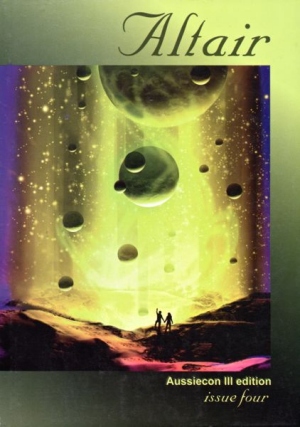
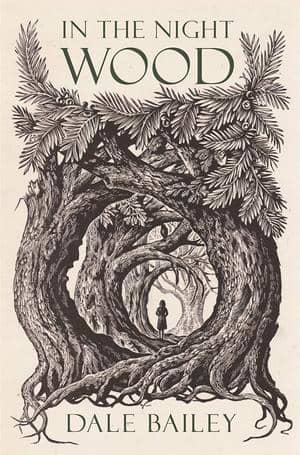
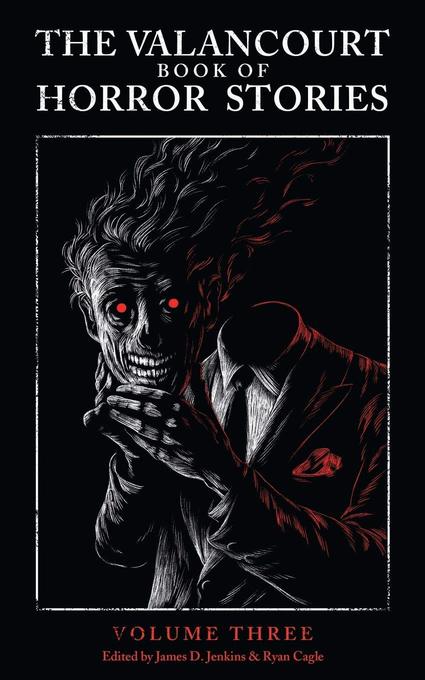

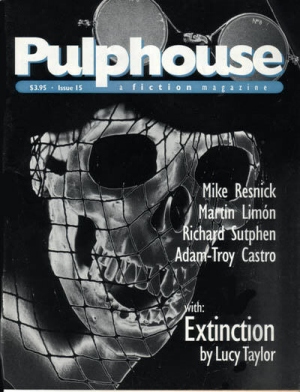
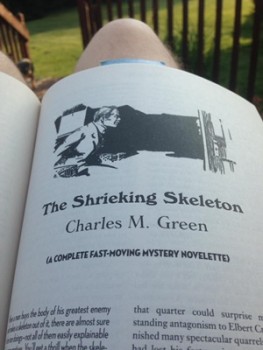
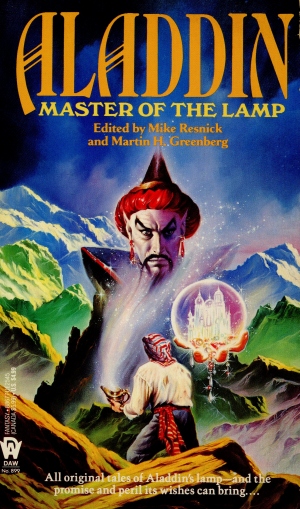
 For my last movie of 2018 in the Fantasia screening room I selected a Canadian horror movie called Lifechanger. Written and directed by Justin McConnell, it follows an entity named Drew (narrated by Bill Oberst Jr), who, born human, at age 12 developed the ability and need to change bodies with other people (which Drew does repeatedly through the movie, tying the film together with voice-over ruminations; thus the “narrated by” in the previous parenthesis). The process kills the other person, and leaves Drew trapped in a swiftly decaying body. For decades, he’s had to keep changing bodies every few days, the inevitable rot slowed only slightly by doses of cocaine. Lately, though, he’s convinced himself he’s fallen in love with a woman named Julia. Drew wants to be close to her, but how can he do that given what he is?
For my last movie of 2018 in the Fantasia screening room I selected a Canadian horror movie called Lifechanger. Written and directed by Justin McConnell, it follows an entity named Drew (narrated by Bill Oberst Jr), who, born human, at age 12 developed the ability and need to change bodies with other people (which Drew does repeatedly through the movie, tying the film together with voice-over ruminations; thus the “narrated by” in the previous parenthesis). The process kills the other person, and leaves Drew trapped in a swiftly decaying body. For decades, he’s had to keep changing bodies every few days, the inevitable rot slowed only slightly by doses of cocaine. Lately, though, he’s convinced himself he’s fallen in love with a woman named Julia. Drew wants to be close to her, but how can he do that given what he is?